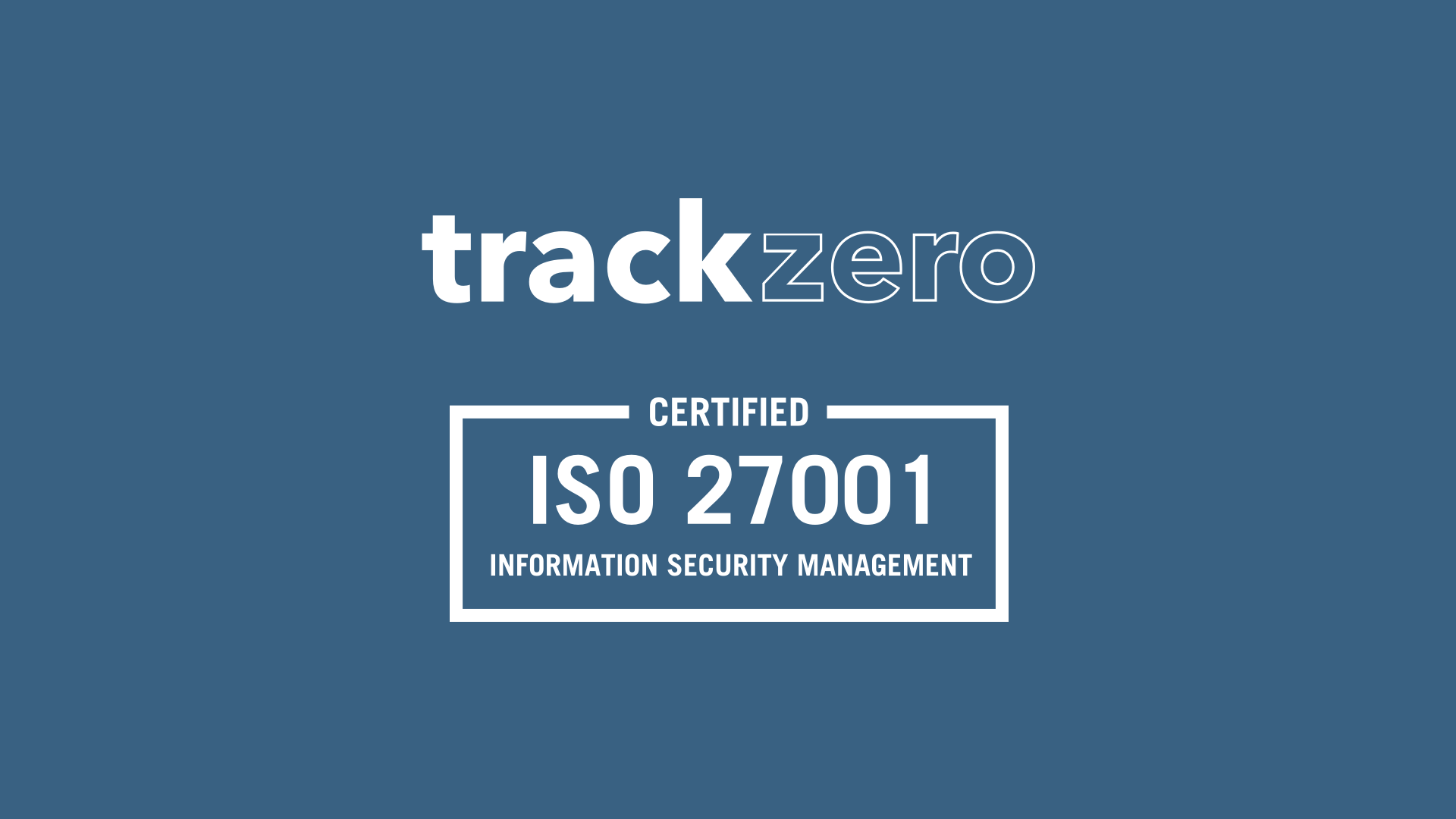No matter the size or type of your organisation, you have likely heard of carbon footprint or carbon emissions. So, what is this and why is it important?
In today's world, businesses and individuals are becoming more conscious of their environmental impact. Businesses, in particular, are under increasing pressure from consumers, customers, and suppliers. As global targets such as the Paris Agreement and IPCC reports emphasise, we must work towards limiting global temperature rise to well below 2ºC. But this requires businesses to understand, track, and reduce their emissions. This is where the concept of carbon footprint comes into play.
A carbon footprint measures the total greenhouse gas (GHG) emissions caused directly and indirectly by an individual, organisation, event, or product. It is a critical metric that helps organisations track emissions and move towards Net Zero, aligning with the United Nations Sustainable Development Goals (SDGs) and global commitments to reach Net Zero by 2050.
How is a carbon footprint measured?
Carbon footprint is measured in carbon dioxide equivalent (CO₂e) because different greenhouse gases contribute to global warming at varying rates. Carbon dioxide (CO₂) is the most prevalent greenhouse gas, but others, such as methane (CH₄), nitrous oxide (N₂O), and fluorinated gases, have much higher global warming potentials. To simplify measurement and enable comparisons, all emissions are converted into a single unit: CO₂e.
These emissions are typically categorised into three scopes:
- Scope 1 – Direct emissions from owned or controlled sources.
- Scope 2 – Indirect emissions from the generation of purchased energy.
- Scope 3 – All other indirect emissions occurring in the value chain, both upstream and downstream.
The GHG Protocol: A Framework for Measuring Carbon Footprint
The Greenhouse Gas (GHG) Protocol is a recognised international carbon accounting standard that helps organisations measure and manage their emissions. It provides guidelines for preparing a GHG inventory, categorising emissions into the three scopes mentioned above. This structured approach helps businesses identify the sources of their emissions and take targeted action.
By adhering to the GHG Protocol, organisations can measure emissions more accurately and report them in a way that is recognised internationally, helping to build trust with stakeholders and demonstrate commitment to sustainability. It closely aligns with other key compliance frameworks, such as the ISO 14064 standard for greenhouse gas reporting and B Corp certification, further strengthening an organisation's environmental credibility.
That makes sense- but why should I participate?
There are a number of benefits that are often overlooked when it comes to sustainability. Let's explore a few key reasons why businesses should take action.
Embedding sustainability and ESG at the core of your business creates a strong foundation for long-term success.
1. Competitive Advantage
As consumers and stakeholders increasingly favour sustainability commitments, ESG, and Corporate Social Responsibility (CSR), businesses that lead in carbon reduction gain a market edge. Sustainability-driven companies attract investment, secure more customers, and stay ahead of regulatory changes.
2. Cost Savings and Efficiency
Investing in energy efficiency, renewable energy, and sustainable supply chains can lead to substantial long-term cost reductions. Businesses that reduce waste and optimise resource use often see improved operational efficiency and profitability.
3. Brand Reputation
A strong commitment to carbon reduction enhances brand trust and CSR. Transparency in emissions reporting and sustainability initiatives also builds consumer loyalty and further boosts competitive advantage.
4. Regulatory Compliance
Governments worldwide are implementing stricter carbon regulations, making corporate sustainability compliance essential. Proactively measuring and reducing emissions helps businesses avoid fines, comply with ESG requirements, and future-proof against tightening legislation.
For example, from 2026, B Corp certification will require mandatory carbon footprinting.
5. Contributing to Global Climate Goals
Reducing carbon emissions plays a direct role in mitigating climate change, helping to slow global warming, prevent extreme weather events, and protect biodiversity. Businesses that take action contribute to a more sustainable future while aligning with international climate agreements such as the Paris Agreement and the UN SDGs.
So, how do I get started?
Reducing your carbon footprint doesn't have to be complicated. Here are some practical steps to begin your journey:
- Collect all the necessary data – Gather information such as energy bills, meter readings, and vehicle mileage.
- Measure your emissions – Use platforms like TrackZero to assess your Scope 1, 2, and 3 emissions and establish a baseline.
- Set reduction targets – Follow guidance from the GHG Protocol and Science-Based Targets initiative (SBTi) to set both short-term and long-term goals for achieving Net Zero by 2050.
- Implement emission reduction strategies – Start with renewable energy, energy-efficient equipment, and waste reduction initiatives.
- Engage your value chain – Collaborate with suppliers, customers, and employees to embed sustainability throughout your operations.
- Report and communicate progress – Transparently share your journey and create compliance reports for key accreditations, such as B Corp certification.
Ready to take action?
The good news is, TrackZero does it all! 🎯
TrackZero makes carbon accounting and ESG reporting simple, accurate, and stress-free. Whether you're new to carbon footprinting or looking to improve your sustainability strategy, our platform helps you track, reduce, and report emissions effortlessly.
👉 Get started today with TrackZero. Contact us to learn more!




